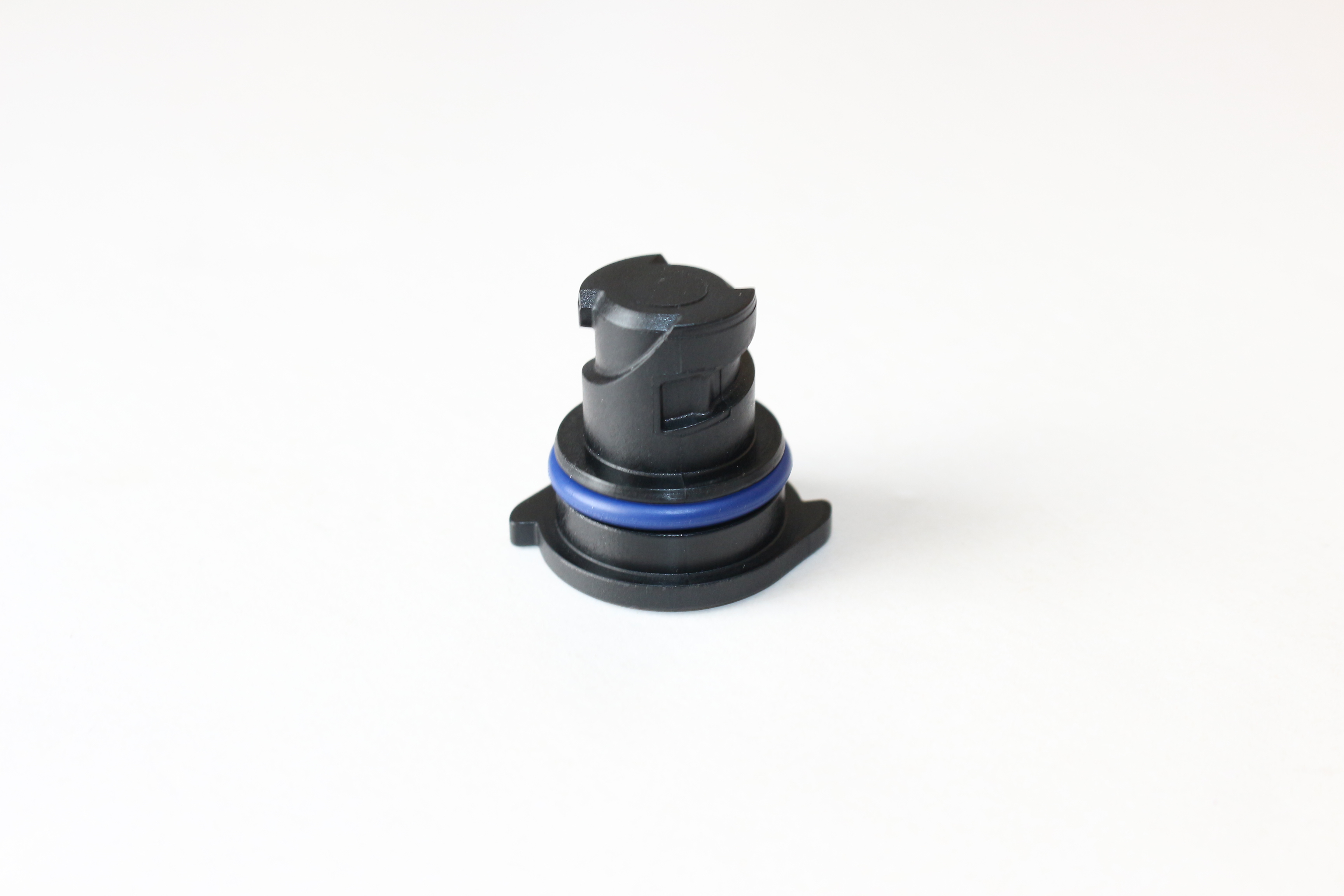Durable O-Rings for Enhanced Fuel Resistance in Mechanical Applications
Understanding Fuel Resistant O-Rings Essentials for Engine Efficiency and Safety
In the world of machinery and automotive technology, the efficiency and safety of engines and fuel systems largely depend on the components that seal and protect these systems. One of the most critical components in this aspect is the O-ring, especially those designed to be fuel resistant. This article explores the significance, types, materials, and advantages of fuel resistant O-rings, highlighting their essential role in maintaining engine performance and safety.
What is an O-Ring?
An O-ring is a circular gasket made from various materials that is used to create a seal between two or more components. It functions by being compressed in a groove, which prevents fluids and gases from leaking. O-rings are utilized in countless applications—from household items to complex machinery in industries such as aerospace, automotive, and oil and gas.
The Importance of Fuel Resistant O-Rings
In automotive applications, O-rings are particularly crucial in fuel systems where they prevent fuel leaks. A leak not only compromises engine performance but can also pose severe safety risks, including fire hazards and environmental contamination. Fuel resistant O-rings are specifically designed to withstand the harsh chemical properties of fuels, including gasoline, diesel, and biofuels.
Types of Fuel Resistant O-Rings
Fuel resistant O-rings come in various types, depending on the specific application and the fluid they are designed to resist
. The most commonly used materials include1. Nitrile Rubber (NBR) Nitrile rubber O-rings are widely used in fuel systems due to their excellent resistance to petroleum-based oils and fuels. NBR offers a good balance of flexibility, compression set, and strength, making them a popular choice for automotive applications.
2. Fluoroelastomer (FKM or Viton) Fluoroelastomers provide superior chemical resistance, particularly to fuels, oils, and high-temperature environments. While they are often more expensive than NBR, their durability and resistance to thermal aging make them ideal for high-performance engines.
fuel resistant o rings

3. Polyurethane (PU) Polyurethane O-rings possess excellent wear resistance and can handle various chemicals, including fuels. They are particularly used in applications where high tensile strength and elasticity are required.
4. EPDM Ethylene Propylene Diene Monomer (EPDM) rubber is often used in applications where resistance to hot water, steam, and weathering is needed. Although generally less effective against gasoline, it is often used in cooling systems and other areas of the vehicle not directly encompassing fuel.
Advantages of Using Fuel Resistant O-Rings
The incorporation of fuel resistant O-rings in fuel systems offers numerous advantages
- Safety By effectively sealing the fuel systems, these O-rings minimize the risk of leaks that can lead to dangerous situations, ensuring safety for both the vehicle occupants and the environment.
- Longevity Fuel resistant O-rings are designed to withstand exposure to a range of chemicals and high temperatures, which prolongs their lifespan and reduces the need for frequent replacements.
- Efficiency A well-sealed fuel system improves the overall efficiency of the engine. Fuel leaks can lead to decreased engine performance and increased fuel consumption, whereas effective sealing minimizes these issues.
- Cost-Effectiveness Although the initial cost may be higher for fuel resistant O-rings, their durability and functionality lead to lower maintenance costs and reduced downtime for repairs.
Conclusion
Fuel resistant O-rings are vital components in ensuring the safety and efficiency of fuel systems in various applications. By understanding the types and materials available, manufacturers and maintenance professionals can make informed choices that enhance performance while minimizing risks associated with fuel leaks. As the automotive and machinery industries continue to evolve, the innovation and development of materials for O-rings will further contribute to safer, more efficient systems. Investing in quality fuel resistant O-rings is not just a matter of performance—it’s a cornerstone for safety in an increasingly demanding technological landscape.
-
Simplifying Oil Changes: A Comprehensive Guide to Oil Drain Plugs and Their Variants
News Aug.04,2025
-
Mastering Oil Drain Maintenance: Solutions for Stripped, Worn, and Upgraded Oil Plugs
News Aug.04,2025
-
Fixing Oil Pan Plug Issues: Leaks, Stripped Nuts, and the Right Replacement Solutions
News Aug.04,2025
-
Everything You Need to Know About Oil Drain Plugs: Sizes, Fixes, and Upgrades
News Aug.04,2025
-
Choosing the Right Oil Drain Plug: A Guide to Sizes, Materials, and Drain Innovations
News Aug.04,2025
-
A Complete Guide to Automotive Drain Plugs: Types, Problems, and Innovative Solutions
News Aug.04,2025
-
The Ultimate Guide to Car Repair Kits: Tools and Essentials Every Driver Should Own
News Aug.01,2025
Products categories















